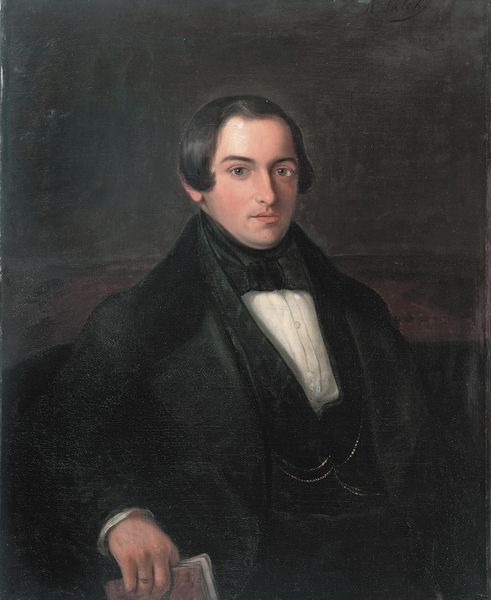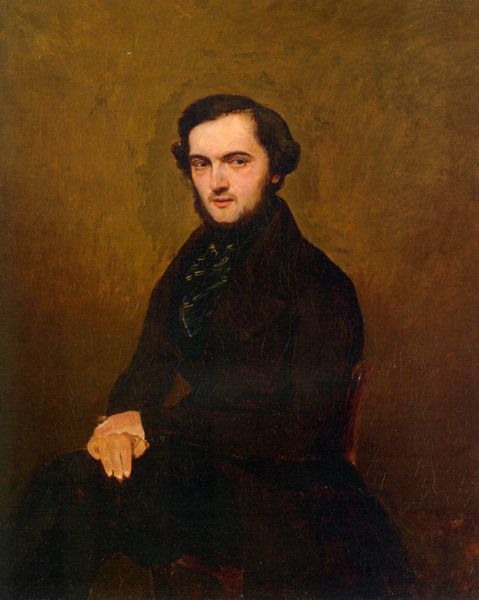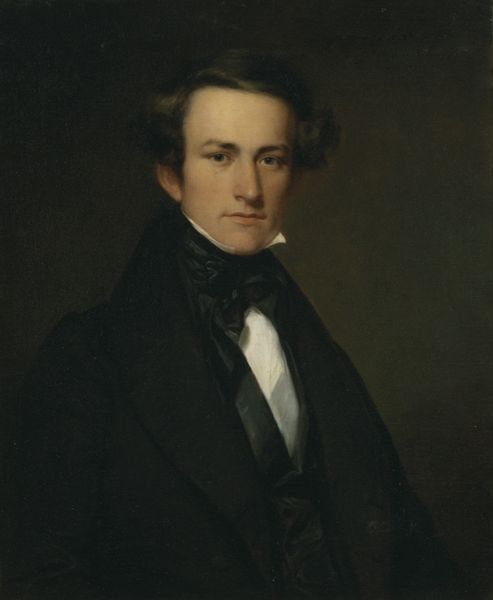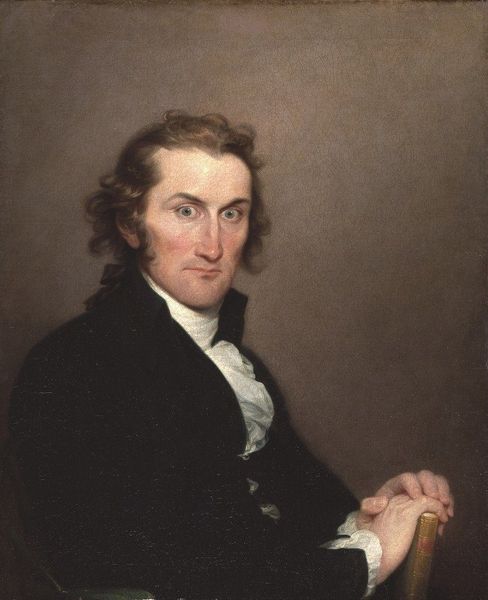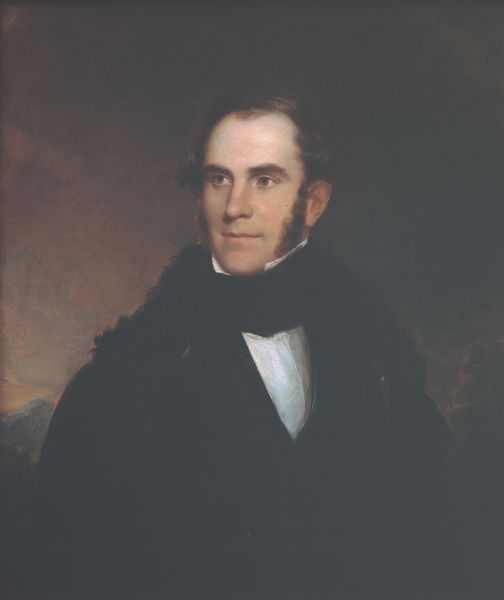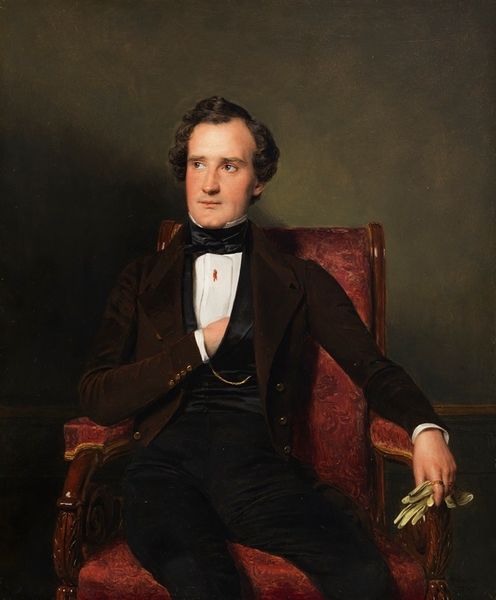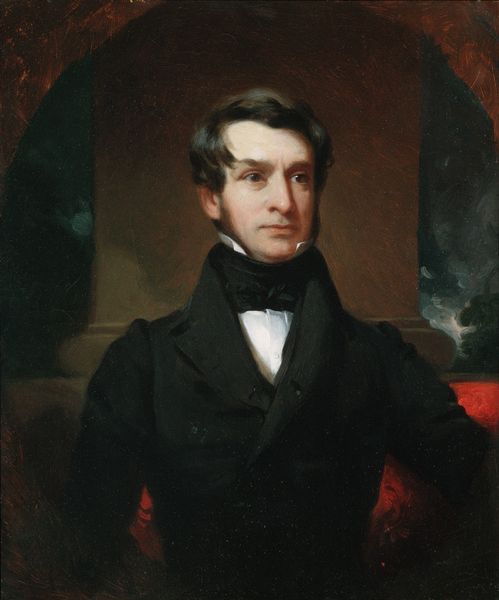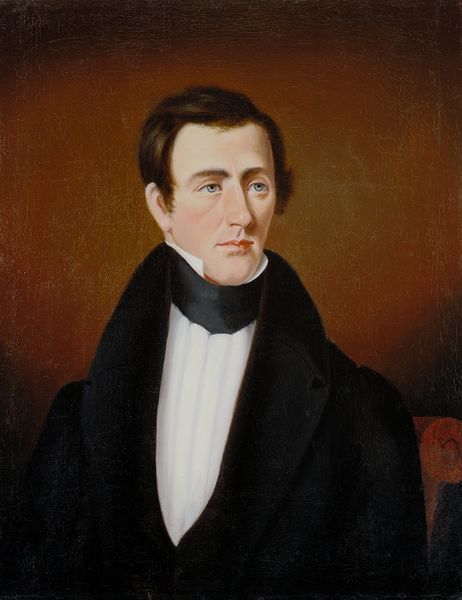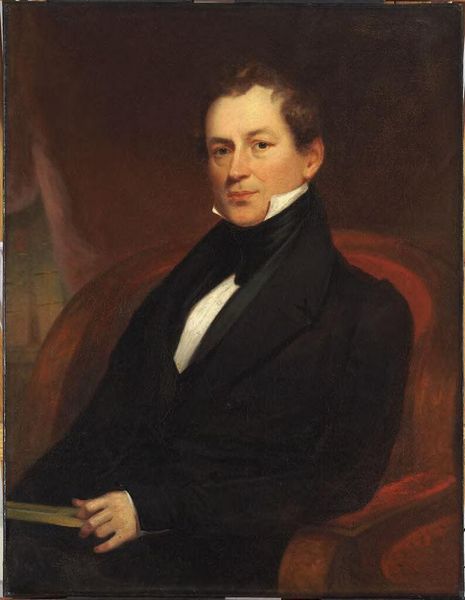
painting, oil-paint
#
portrait
#
portrait
#
painting
#
oil-paint
#
romanticism
#
academic-art
#
realism
Copyright: Public domain
Charles de Steuben painted this portrait of Alexandre Stieglits, capturing the likeness of a man who lived during a time of significant social and political change in Europe. Stieglits, portrayed with a composed demeanor, embodies the values and aspirations of the upper class in the 19th century. This was a class deeply invested in maintaining the status quo, reflecting the power dynamics of the time. De Steuben, who served as court painter to Nicholas I, clearly catered to the elite. In this period, portraiture was not just about capturing physical appearances, but also about projecting social status, power, and identity. The understated yet elegant attire and the composed posture of Stieglitz speak volumes about his position and the values he likely held. As you look at the painting, consider how representations of men like Stieglitz helped shape societal norms and expectations. What does this portrait reveal, and what does it conceal about the complex historical context in which it was created?
Comments
No comments
Be the first to comment and join the conversation on the ultimate creative platform.
